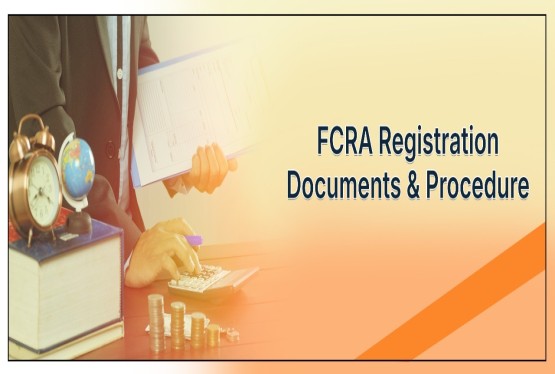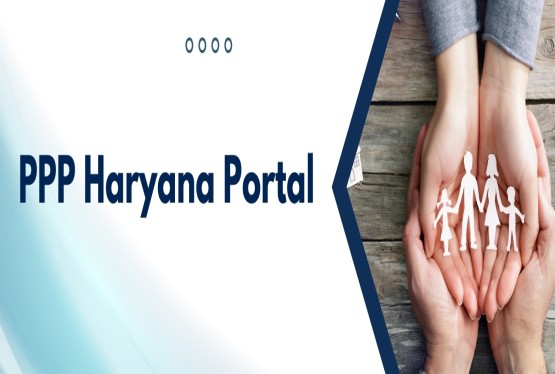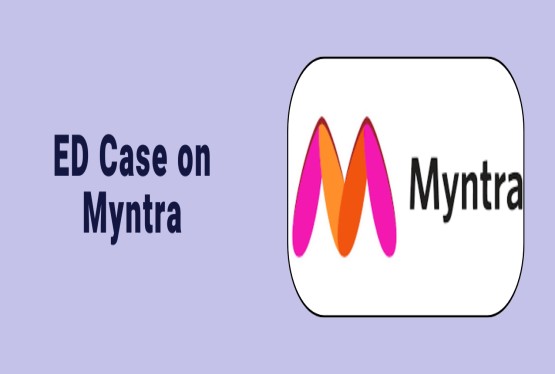The institution of marriage in India, deeply woven into the social and cultural fabric, has long been governed by various personal laws and customs. However, the legal framework surrounding marriage, particularly the age at which individuals can enter into this union, has been a subject of significant debate and legislative action. Understanding the evolution of the legal age of marriage in India is crucial for comprehending the ongoing discourse surrounding gender equality, child rights, and societal norms.
A Historical Perspective: The Child Marriage Restraint Act
Prior to specific legislation addressing the age of marriage, customary practices often led to the marriage of children, particularly girls. Recognizing the detrimental impact of child marriage on the health, education, and overall well-being of individuals, the British colonial government enacted the Child Marriage Restraint Act of 1929, also known as the Sarda Act.
This landmark legislation initially set the minimum age of marriage for girls at 14 years and for boys at 18 years. While a significant step towards curbing child marriage, the Act faced limitations in its implementation and enforcement. Over time, societal understanding of child rights and gender equality evolved, necessitating amendments to the existing legal framework.
Raising the Bar: Amendments and the Hindu Marriage Act
As India progressed, concerns regarding the vulnerability of young brides and the need to empower women gained momentum. This led to amendments in the Child Marriage Restraint Act, raising the minimum age of marriage for girls to 15 years in 1949 and further to 18 years in 1978. The minimum age for boys remained at 21 years.
Furthermore, the Hindu Marriage Act of 1955, a codified law governing marriage among Hindus, Buddhists, Jains, and Sikhs, also stipulated the minimum age for marriage as 18 years for females and 21 years for males. This Act provided a more comprehensive legal framework for marriage within these communities, reinforcing the importance of age as a criterion for valid unions.
The Special Marriage Act: A Secular Framework
Recognizing the need for a secular law allowing inter-religious marriages, the Indian Parliament enacted the Special Marriage Act of 1954. This Act provides a legal framework for individuals from different religious backgrounds to marry without having to convert. Importantly, the Special Marriage Act also sets the minimum age of marriage at 18 years for females and 21 years for males, aligning with the provisions in the Hindu Marriage Act and the amended Child Marriage Restraint Act.
The Ongoing Debate: Uniformity and Gender Equality
Despite the legislative progress in raising the minimum age of marriage, the disparity between the legal age for men and women has persisted. This differential has been a subject of intense debate, with many advocating for a uniform age of marriage for both genders.
Arguments in favor of a uniform age, typically set at 21 years, often center on the principles of gender equality and women's empowerment. Advocates argue that setting a lower age for women perpetuates patriarchal norms and limits their opportunities for education, career development, and personal growth. Raising the legal age for women to 21 would, proponents believe, provide them with greater autonomy and agency in making crucial life decisions.
Conversely, some argue against raising the age for women, citing concerns about potential social implications and the autonomy of individuals to make personal choices upon reaching adulthood (18 years). They also point to the fact that the current legal framework has contributed to a significant decline in child marriage rates.
The Recent Legislative Push: The Prohibition of Child Marriage (Amendment) Bill, 2021
In a significant move towards achieving uniformity and further strengthening the fight against child marriage, the Indian government introduced the Prohibition of Child Marriage (Amendment) Bill, 2021. This Bill proposes to raise the minimum age of marriage for women to 21 years, bringing it at par with men.
The stated objectives of the Bill include:
-
Promoting Gender Equality: By eliminating the differential in the legal age of marriage, the Bill aims to establish parity between men and women in this fundamental aspect of life.
-
Empowering Women: Raising the age is intended to provide women with more opportunities for education, economic independence, and overall personal development before entering marriage.
-
Improving Maternal and Child Health: Delaying marriage can positively impact the health outcomes of women and their children.
-
Reducing Infant Mortality Rates: Studies have shown a correlation between early marriage and higher infant mortality rates.
-
Combating Human Trafficking: Early marriage can make girls more vulnerable to trafficking and exploitation.
While the Bill has been passed by the Lok Sabha (the lower house of the Indian Parliament), it is currently under consideration in the Rajya Sabha (the upper house). It has also faced scrutiny from various stakeholders, including women's rights organizations and legal experts, who have raised concerns about its potential impact and the need for comprehensive social and economic support systems to ensure its effective implementation.
Challenges and the Way Forward
Despite the legal framework and ongoing efforts, child marriage unfortunately persists in certain pockets of India, often driven by socio-economic factors, traditional customs, and lack of awareness. Effectively implementing the law requires a multi-pronged approach that includes:
-
Strengthening Law Enforcement: Ensuring strict enforcement of the Prohibition of Child Marriage Act and holding perpetrators accountable.
-
Raising Awareness: Conducting widespread awareness campaigns to educate communities about the harmful effects of child marriage and the importance of adhering to the legal age.
-
Empowering Girls through Education and Economic Opportunities: Providing girls with access to quality education and vocational training can delay marriage and enhance their life choices.
-
Addressing Socio-Economic Factors: Tackling poverty, lack of access to education, and deeply ingrained patriarchal norms that contribute to child marriage.
-
Providing Support Systems: Establishing robust support systems for victims of child marriage, including legal aid, counseling, and rehabilitation services.
Conclusion
The legal age of marriage in India has undergone significant evolution, reflecting a growing understanding of child rights, gender equality, and the importance of individual autonomy. The journey from the Child Marriage Restraint Act of 1929 to the recent push for a uniform age of 21 signifies a continuous effort to address the deeply rooted issue of child marriage and empower women. While legislative changes are crucial, their effectiveness hinges on comprehensive social reforms, robust implementation, and a collective commitment to ensuring that every individual has the right to enter into marriage as an informed and empowered adult. The ongoing discourse surrounding the legal age of marriage underscores the dynamic interplay between law, society, and the pursuit of a more just and equitable future for all.
Frequently Asked Questions (FAQs)
Q1. What is the current legal age for marriage in India as of 2025?
Ans. As of 2025, the legal age for marriage in India is 18 years for women and 21 years for men. However, the Prohibition of Child Marriage (Amendment) Bill, 2021 proposes to raise the minimum age for women to 21 years, aligning it with the age for men.
Q2. What was the significance of the Child Marriage Restraint Act of 1929?
Ans. The Child Marriage Restraint Act of 1929, also known as the Sarda Act, was the first legislation in India aimed at curbing child marriage. It initially set the minimum marriage age at 14 for girls and 18 for boys, marking a critical step toward protecting children's rights and preventing child marriages.
Q3. How does the Special Marriage Act of 1954 differ from personal laws in India?
Ans. The Special Marriage Act of 1954 provides a secular legal framework for marriage, allowing individuals from different religious backgrounds to marry without conversion. It sets the minimum age for marriage at 18 for women and 21 for men, consistent with other marriage laws like the Hindu Marriage Act.
Q4. What are the main objectives of the Prohibition of Child Marriage (Amendment) Bill, 2021?
Ans. The primary objectives of the Prohibition of Child Marriage (Amendment) Bill, 2021 include:
-
Promoting gender equality by setting a uniform age for marriage.
-
Empowering women through extended opportunities for education and economic independence.
-
Improving maternal and child health by delaying marriage.
-
Reducing infant mortality rates linked to early marriages.
-
Combating human trafficking by reducing vulnerabilities associated with child marriage.
Q5. What challenges remain in eliminating child marriage in India despite legal reforms?
Ans. Despite legislative measures, child marriage persists in certain regions of India due to socio-economic factors, cultural traditions, and lack of awareness. Key challenges include enforcement of the law, societal acceptance, poverty, and limited educational opportunities for girls.












































































_crop10_thumb.jpg)







_Rules,_2025_learn_crop10_thumb.jpg)
























































































_crop10_thumb.jpg)








 in BIS FMCS_learn_crop10_thumb.jpg)










_crop10_thumb.jpg)















_crop10_thumb.jpg)





_Code C-888_learn_crop10_thumb.jpeg)
_learn_crop10_thumb.jpg)
































































_Certificate_learn_crop10_thumb.jpg)

_Certificate_(1)_crop10_thumb.jpg)















_learn_crop10_thumb.jpg)

_crop10_thumb.jpg)


















_Scheme_learn_crop10_thumb.jpg)


_learn_crop10_thumb.jpg)










